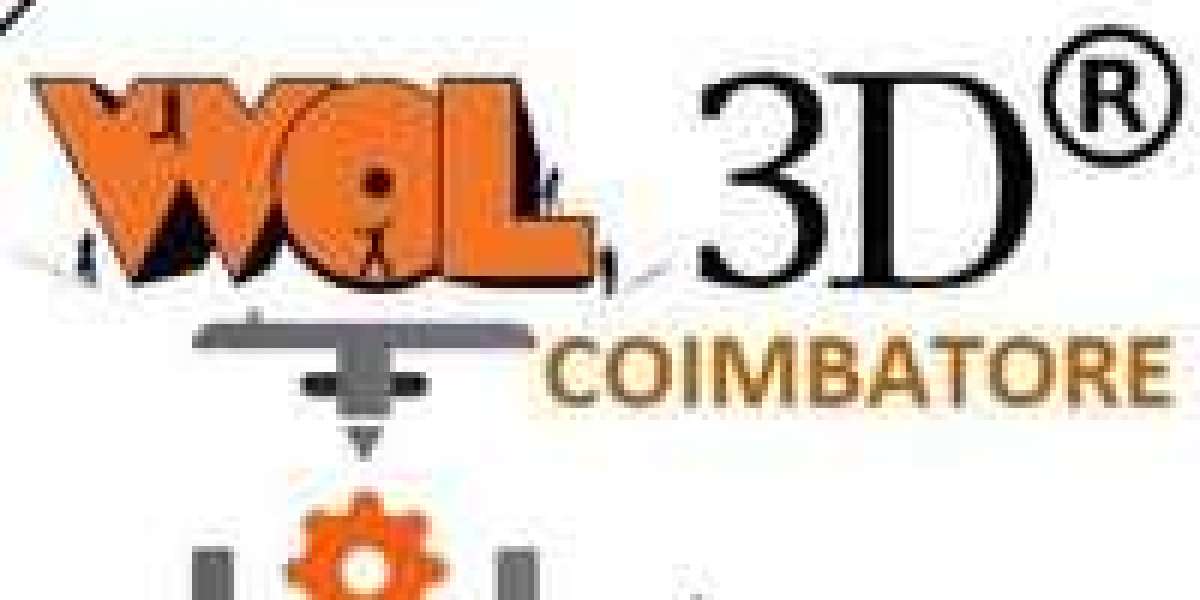Welcome to the fascinating world of 3D printing. This technology has revolutionized various industries by enabling the creation of complex structures with ease. In this guide, we will delve into the 3D printing basics, exploring its technology, materials, and applications.
Understanding 3D Printing Technology
3D printing, also known as additive manufacturing, is a process of creating three-dimensional objects from a digital file. But how does it work? The process involves layering materials to form an object, which is why it is often referred to as additive manufacturing.
“3D printing is the process of creating a physical object from a digital model by layering materials.”
There are several types of 3D printing technologies, including:
- Stereolithography (SLA): Uses a laser to cure liquid resin into hardened plastic.
- Fused Deposition Modeling (FDM): Melts and extrudes thermoplastic filament to build objects layer by layer.
- Selective Laser Sintering (SLS): Uses a laser to fuse powdered material into solid structures.
Materials Used in 3D Printing
The choice of material is crucial in 3D printing as it affects the strength, flexibility, and appearance of the final product. Common materials include:
- Plastics: PLA and ABS are popular choices for their ease of use and versatility.
- Metals: Titanium, aluminum, and stainless steel are used for industrial applications.
- Resins: Ideal for detailed and high-resolution prints.
Did you know that some 3D printers can even use food materials like chocolate and dough? The possibilities are endless!
Applications of 3D Printing
3D printing has found applications in numerous fields, from healthcare to aerospace. For instance, in the medical field, 3D printing is used to create custom prosthetics and implants. In the automotive industry, it helps in prototyping and manufacturing complex parts.
Here is a video that showcases the diverse applications of 3D printing:
Getting Started with 3D Printing
If you are new to 3D printing, starting with a beginner-friendly printer is advisable. The Creality Ender 3 V2 is a popular choice for beginners due to its affordability and ease of use.

Here are some tips to get you started:
- Begin with simple designs to understand the basics of 3D printing.
- Experiment with different materials to see how they affect the final product.
- Join online communities to learn from experienced users and share your creations.
3D printing is a rapidly evolving field with new advancements being made regularly. Whether you are a hobbyist or a professional, understanding the 3D printing basics is essential to harness the full potential of this technology.
For more information, check out our comprehensive guide on 3D printing.








